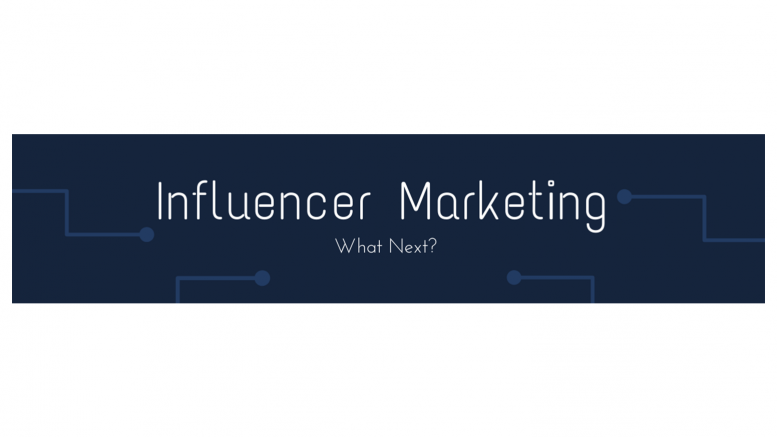As Delhi got submerged into the smog post-Diwali season, I came across this article by Nandita Iyer on unboxing videos. In the article, she spoke about how a pile of packaging material is wasted in order to create ‘Insta-worthy’ products. She also mentioned how nobody pays attention to the interests/likes of these influencers – and PR professionals end up selecting influencers based only on their followers, and not whether they really are a fit for the brand or not. Maybe that’s true. Maybe.
Sometime later, while scrolling through my Twitter feed, I came across this tweet by Ashok Lalla, which said:
“Okay, I just spotted a bio here that read *Twitter influencer*. It’s gonna be 2020 in another 7 weeks, and people still say stuff like that?”
This wasn’t surprising. I hear (and interpret) it like a stereotypical Delhiwala saying “Tu janta nahi main kaun hu!” (“Don’t you know I am an influencer!”) (not generalising but a stereotype that we are aware of!)
Well, having worked for clients that require an influencer marketing strategy for almost 4 years now, I would say that we have abused the term ‘influencer marketing’ quite a lot. So much so that it is now used liberally as a part of their PR/marketing strategies because it is the buzzword – and to make the entire strategy/approach look rounded. It might be the case, and I am no one to point out what makes a great PR or marketing strategy but with so much happening around influencer marketing, it is time to address a few serious concerns around it.
The blogger sphere that came to the forefront when the dotcom boom was happening in the country has evolved today. It was during that time that we saw a few great bloggers – writing on various subjects that interested them – be it tech, auto, food, lifestyle. The space evolved. Then came Facebook, later Instagram and rest is history. From instagrammars to YouTubers, Amazon influencers and today with TikTok influencers, these are a few terms that come up every almost another month. Brands want to grab eyeballs and often ride on the already running wave – often not thinking that is it yielding the desired results? What is the ROI against the money spent? Does it lead to sales? These are difficult questions – the answers to which are hard and the answers that various experts are trying to find.
Scroll reported last month that “It’s a great time to be an influencer on Instagram or TikTok in India”. Probably rightly so. It is a full-time profession for many. Some find it similar to hiring celebrity brand ambassadors (just that typical Bollywood personalities are way too expensive) and therefore is considered advertising rather than PR (since it is a paid outreach). To which I slightly disagree – that it is advertising only and PR technically doesn’t play a role in this exercise.
The key difference happens to be that ‘influencers’ who really want to influence need to be conscious of their audience – what a person is following you for. It is like a newspaper or a magazine needs to think about its reader. These ‘influencers’ shouldn’t forget that consumers these days are aware of the content being posted and it won’t take long for them to unfollow these influencers who are trying to promote products in order to get money or freebies. The underlying point is the age-old adage – “Content is the king!” and good content is what keeps the audience hooked to your channel.
A few days ago, I wrote about how advertising and PR community need to come together to address concerns around it (read article here). Its implementation is something that needs to be pondered upon, however, the task of influencer marketing is majorly conducted by either PR professionals or digital marketing professionals (and PR professionals with the skill set of traditional media relations are quickly adopting digital marketing as an additional skill set). Therefore, it is not only crucial that these diverse communities come together but maybe a rule book needs to be created – a rule book that defines basics and creates a structured approach.
As someone said,
First make the rules, then break them all!
Let’s make them first!



Be the first to comment on "Influencer marketing: Let’s make the rules, before we break them!"